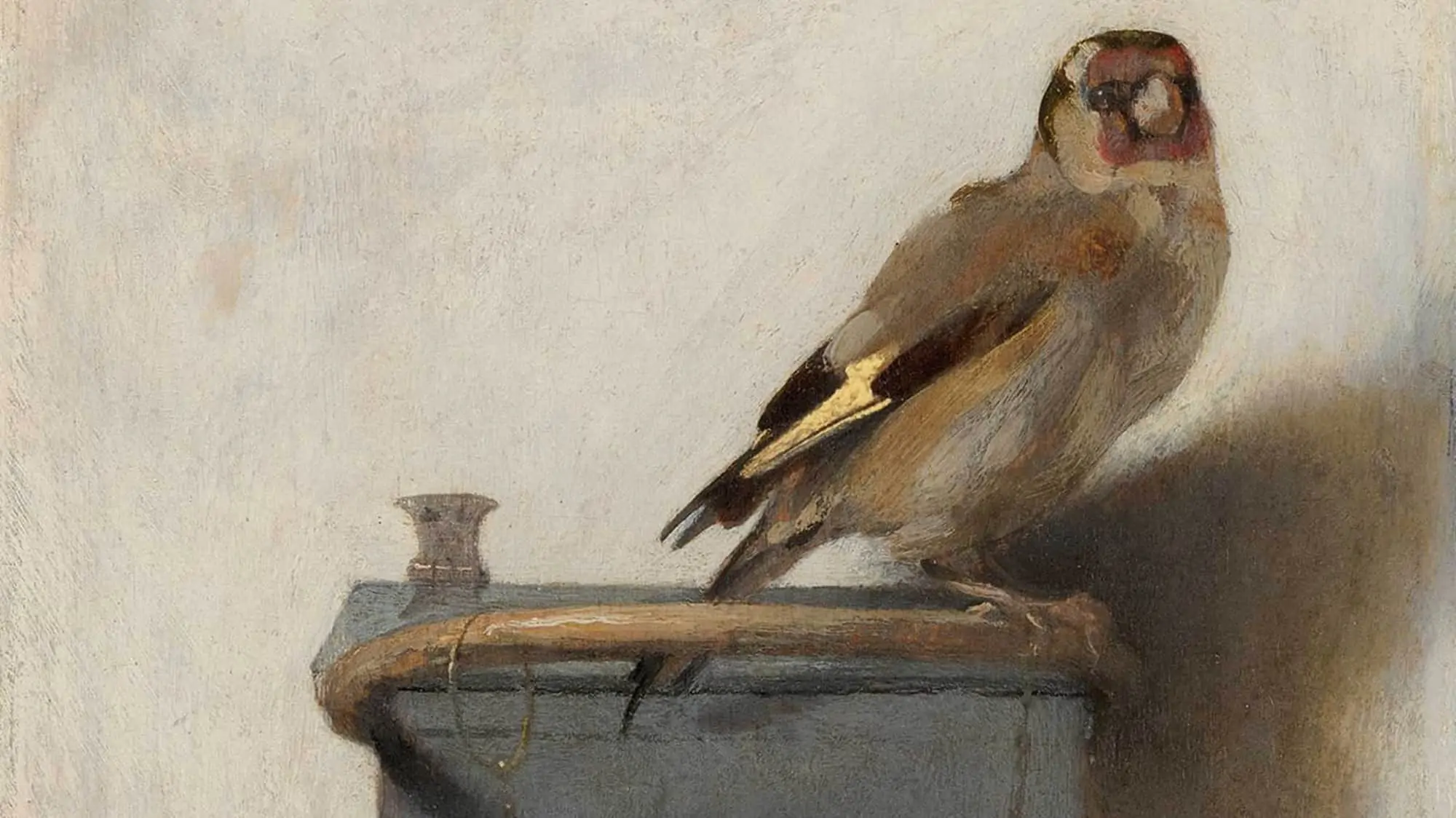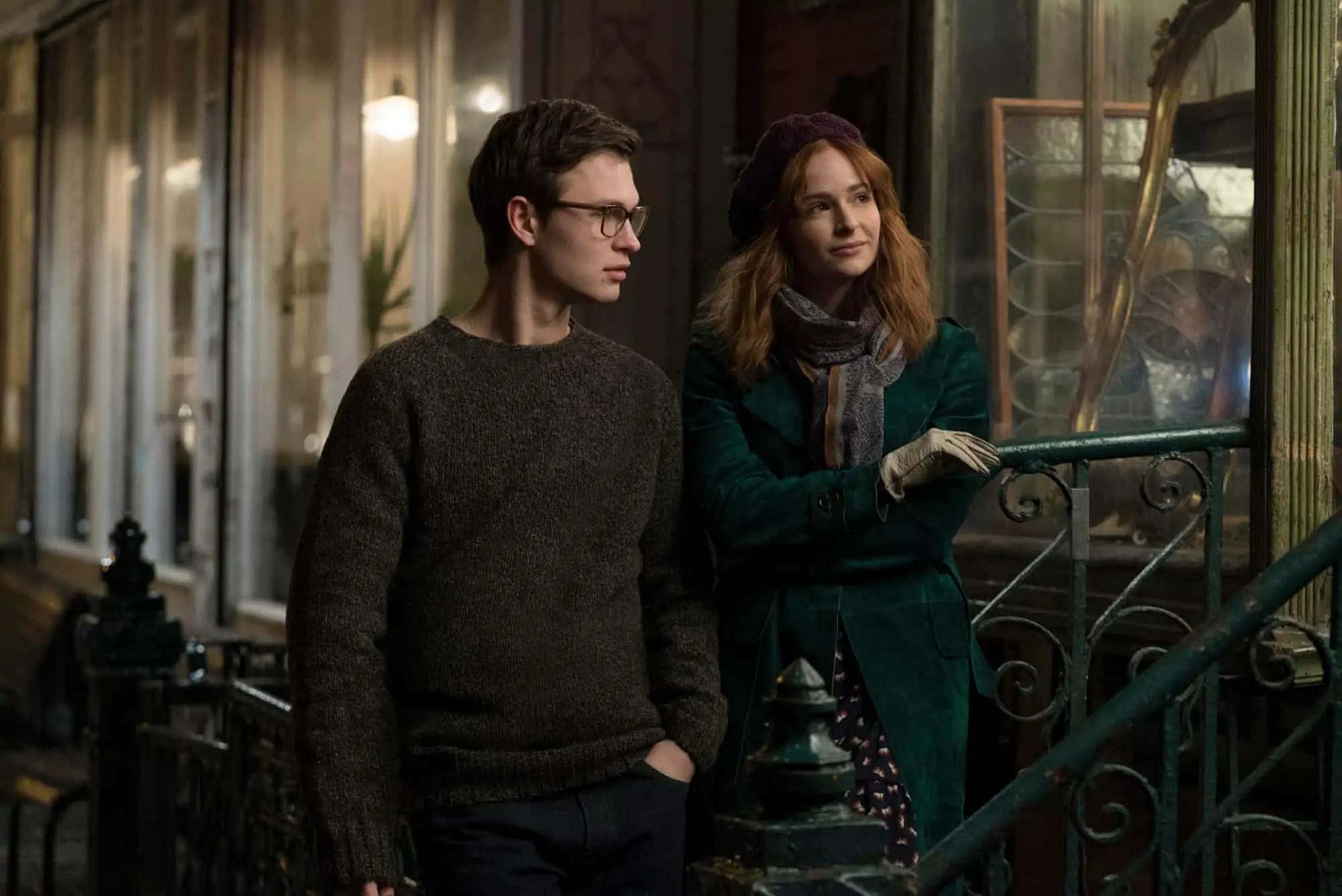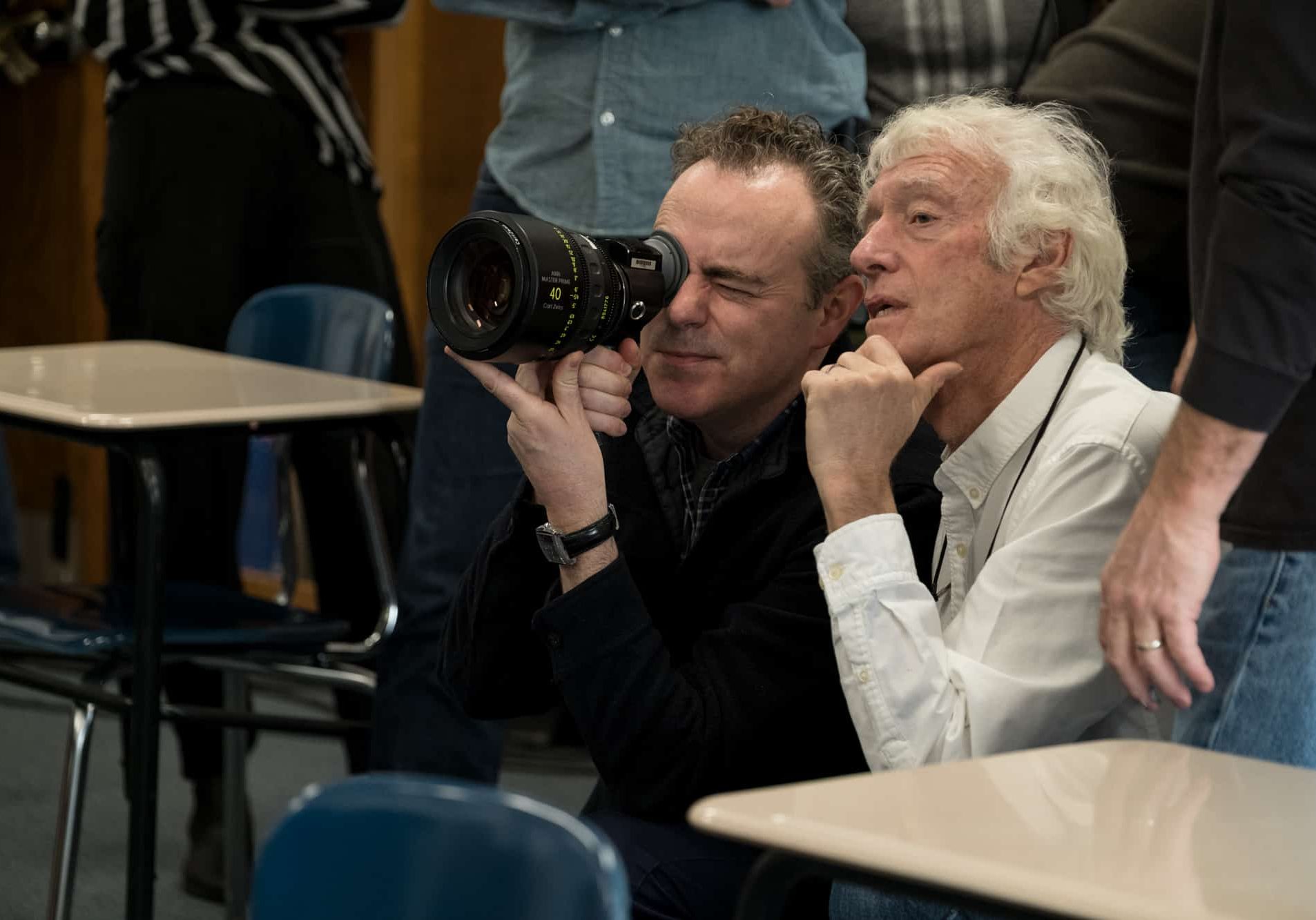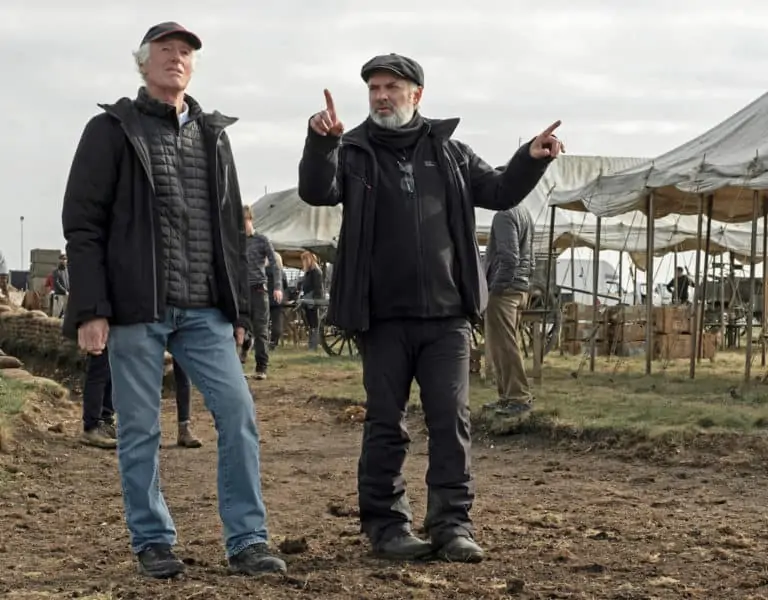Watch the Birdie
Roger Deakins CBE BSC ASC / The Goldfinch

Watch the Birdie
Roger Deakins CBE BSC ASC / The Goldfinch
WANT TO READ IT ALL?
Below is only a teaser, and the full interview can be found in the September 2019 issue (95) of British Cinematographer magazine.
If you purchase a year's digital subscription from just £30, or a year's all-inclusive subscription from just £64, you can read the interview in Issue 95 by clicking HERE. You will also receive access to the rest of our extensive back catalogue.
CLICK TO BUY A DIGITAL SUBSCRIPTION
CLICK TO BUY A PRINT & DIGITAL SUBSCRIPTION
BY: Ron Prince
Theodore Decker was just 13 years old when his mother was killed in a terrorist bombing incident at the Metropolitan Museum Of Art in New York.
Although taken-in by a wealthy Upper East Side family, the disorienting tragedy changed the course of his life, sending him on a stirring odyssey into the world of art forgery, and an existence filled with grief and guilt, reinvention and redemption, and even love.
Through it all, Theodore holds on to one tangible piece of hope from that terrible day as he staggered through the debris and dust - a priceless artwork from the Dutch Golden Age of a tiny bird chained to its perch, oil-painted in 1654 by Rembrandt's most promising pupil, Carel Fabritius.
Directed by John Crowley, the $40m, Warner Bros. Pictures' production of The Goldfinch is based on the emotional and highly-acclaimed, 800-page novel of the same name by American author Donna Tartt. The novel spent over 30 weeks on the NY Times Bestseller List, and won the 2014 Pulitzer Prize For Fiction, among other honours.
Ansel Elgort, stars in the film as Theodore, with Nicole Kidman, Oakes Fegley, Aneurin Barnard, Finn Wolfhard, Sarah Paulson, Luke Wilson, and Jeffrey Wright in supporting roles. The screenplay for the film was adapted from Tartt's book by Peter Straughan.

Cinematographic duties on The Goldfinch fell to Roger Deakins CBE BSC ASC, his next motion picture after Blade Runner 2049, for which he won the 2018 Oscar for cinematography. Principal photography began on location in New York on January 23rd 2018, after which the production moved to a variety of other locations including, Amsterdam and Albuquerque, New Mexico, concluding 64 shooting days later on April 24th, 2018. A small number of sets were built in a warehouse in Yonkers, including the museum where the explosion scene takes place.
"I had never actually met John before working on this film, but was well-aware of his other films, and I was particularly taken by Boy A (2007, DP Rob Hardy BSC)," says Deakins. "The screenplay of The Goldfinch, was quite different to Donna Tartt's original novel in terms of structure. The book is very long and it's very linear. Our script immediately dispensed with that: it started at the end of the story and then flashed back. I thought that was quite a good way of making it more accessible within a reasonable amount of screen time."

Although many cinematographers prefer not to read original books adapted for the cinema, for fear of adulterating the ensuing screenplay, Deakins says he devoured Tartt's novel in advance of receiving the script, exclaiming, "I don't know why it would make any difference really. I have always read the book that has been the basis for a film I have made. I read The Goldfinch just after finishing Blade Runner 2049, and met with John just after that - I felt it was a really good project, with a great story."
Deakins says he and Crowley did not consider any specific filmic or painterly references with regards to the look of the film, but rather focussed on the practicalities of shooting on location in New York, Amsterdam, plus somewhere that looked like a suburb of Las Vegas.
"It was more about getting to know John, his thoughts and the locations, to form a kind of common ground," Deakins explains. "Essentially, things boiled down to being Theordore's childhood in the 1980s and the more contemporary times of his adult life. It wasn't really about creating different period looks per se, but more about making the most of each different location - the fading wealth of the family in New York; contrasting that with his life on the outskirts of Las Vegas; and differentiating those with the Amsterdam period of his later life."

"It's a shame, but I just don't think there are that many films being made now with half-decent stories that move you. So it was good to see The Goldfinch being made into a film, and even better to be a part of that."
- Roger Deakins CBE BSC ASC
Deakins framed the production in 1.85:1 aspect ratio, using his favoured combination of Alexa - shooting in open gate mode, chiefly at 800ISO - with Zeiss Master Prime lenses. The camera and glass package was supplied by Camera Services in New York, in association with Otto Nementz in LA.
"I like the clarity of the Zeiss Master Primes, and don't consider them too sharp a combination with the Alexa. If I want to soften the image, I do it by lighting or exposure on-set. I have never liked to use filtration, and don't recall having used a diffusion filter for many, many years," he says. "In terms of lens work on the film, there was nothing particularly unusual, although you will see that we played quite a bit with shallow depth-of-field and focus during the explosion sequences at the museum, as that was a way of creating an abstract feeling that John wanted in those moments."

As for LUTs, Deakins confides, "I employed the same LUT that I have been using since I started shooting digitally, with the one I originally developed at EFILM for In Time (2011, dir. Andrew Nichol). I have adjusted and adapted it for films such as Skyfall (2012, dir. Sam Mendes) and Prisoners (2013, dir. Denis Villeneuve), but I really don't like manipulating the image too much in-camera, and I didn't manipulate my LUT at all for The Goldfinch. Also, I don't change LUTs from scene-to-scene, or location to location. I just use the one LUT and do any variations of look through the lighting and exposure."
READ IT ALL
The full interview can be found in the September 2019 issue (95) of British Cinematographer magazine.
If you purchase a year's digital subscription from just £30, or a year's all-inclusive subscription from just £64, you can read the interview in Issue 95 by clicking HERE. You will also receive access to the rest of our extensive back catalogue.











